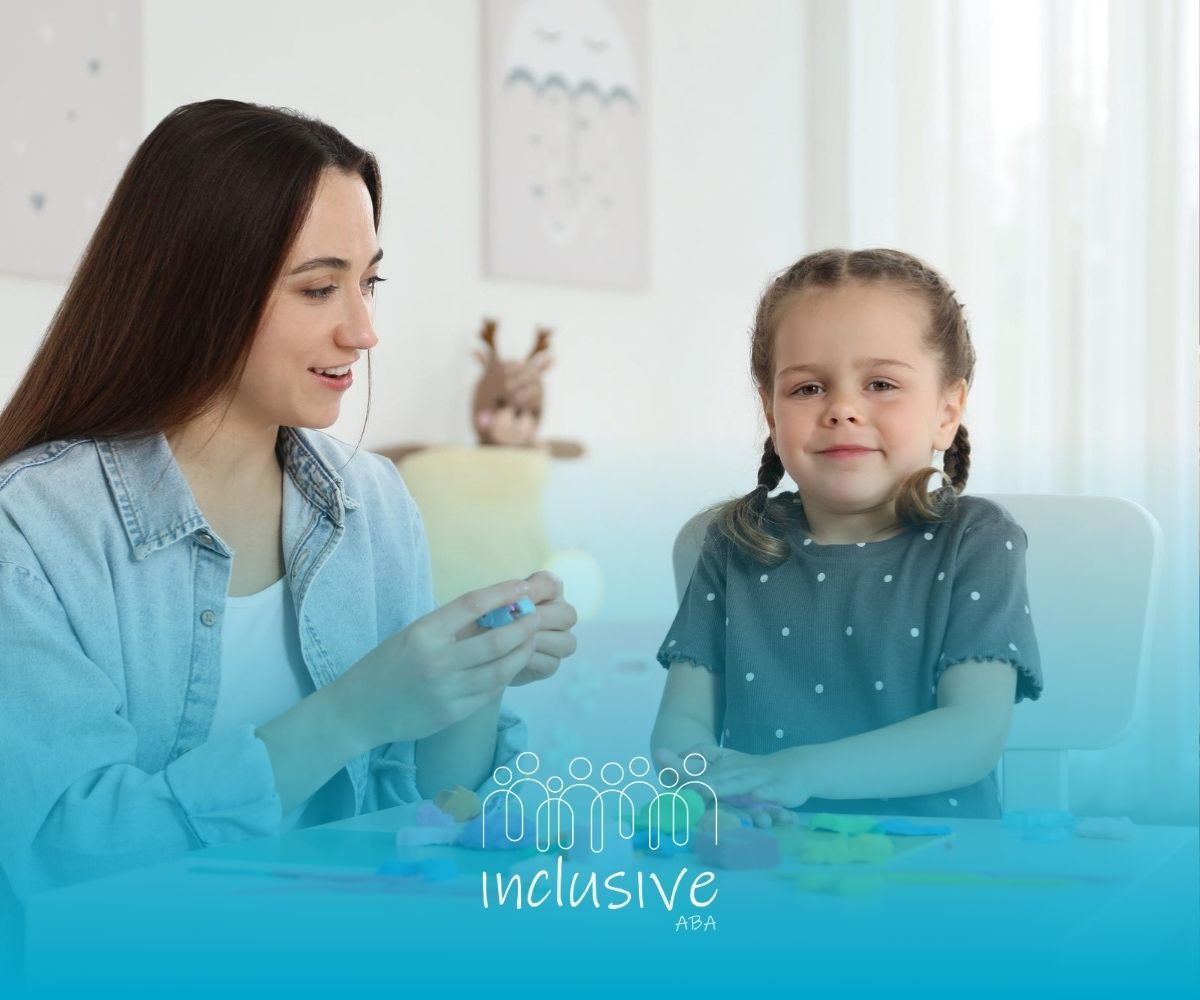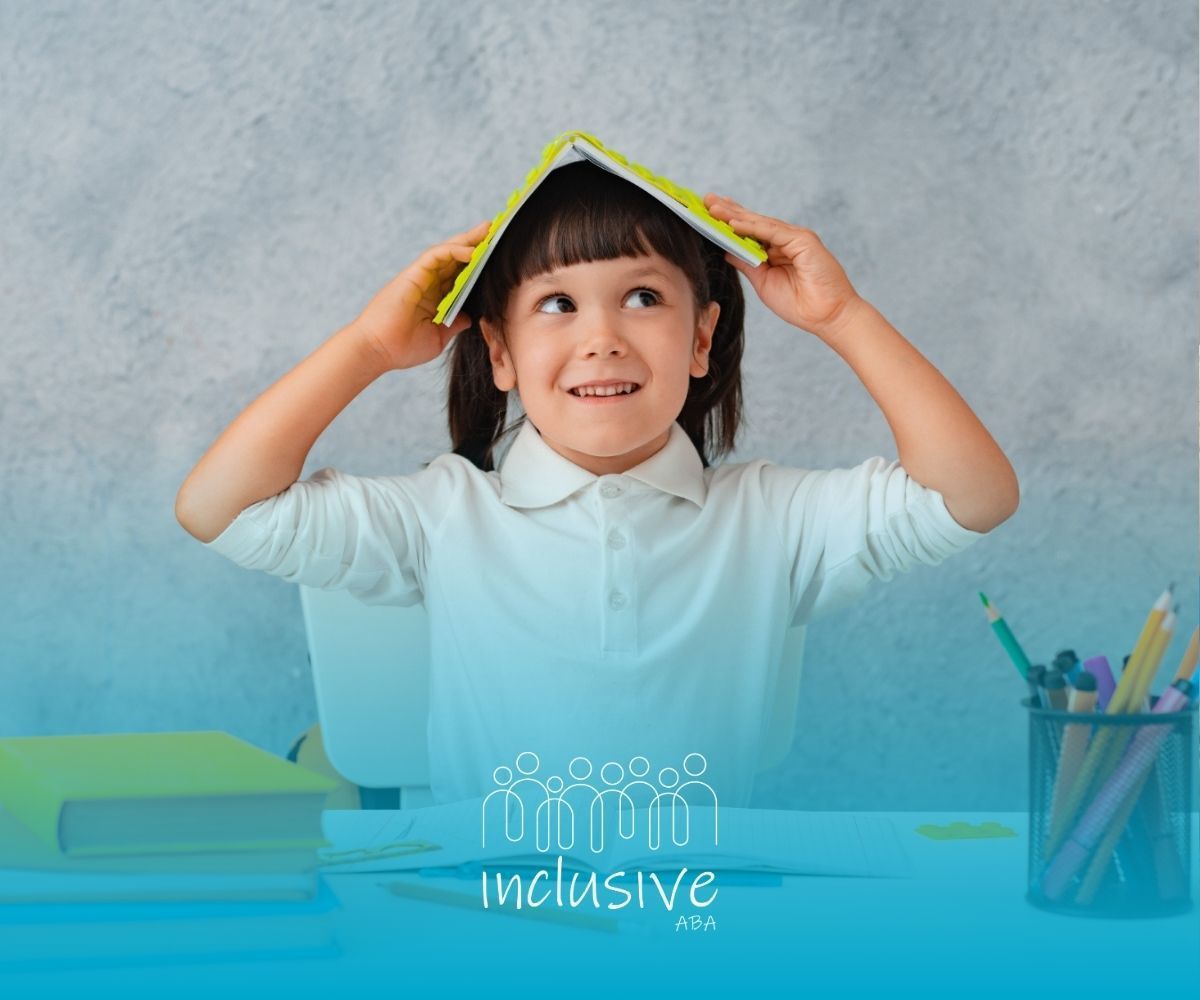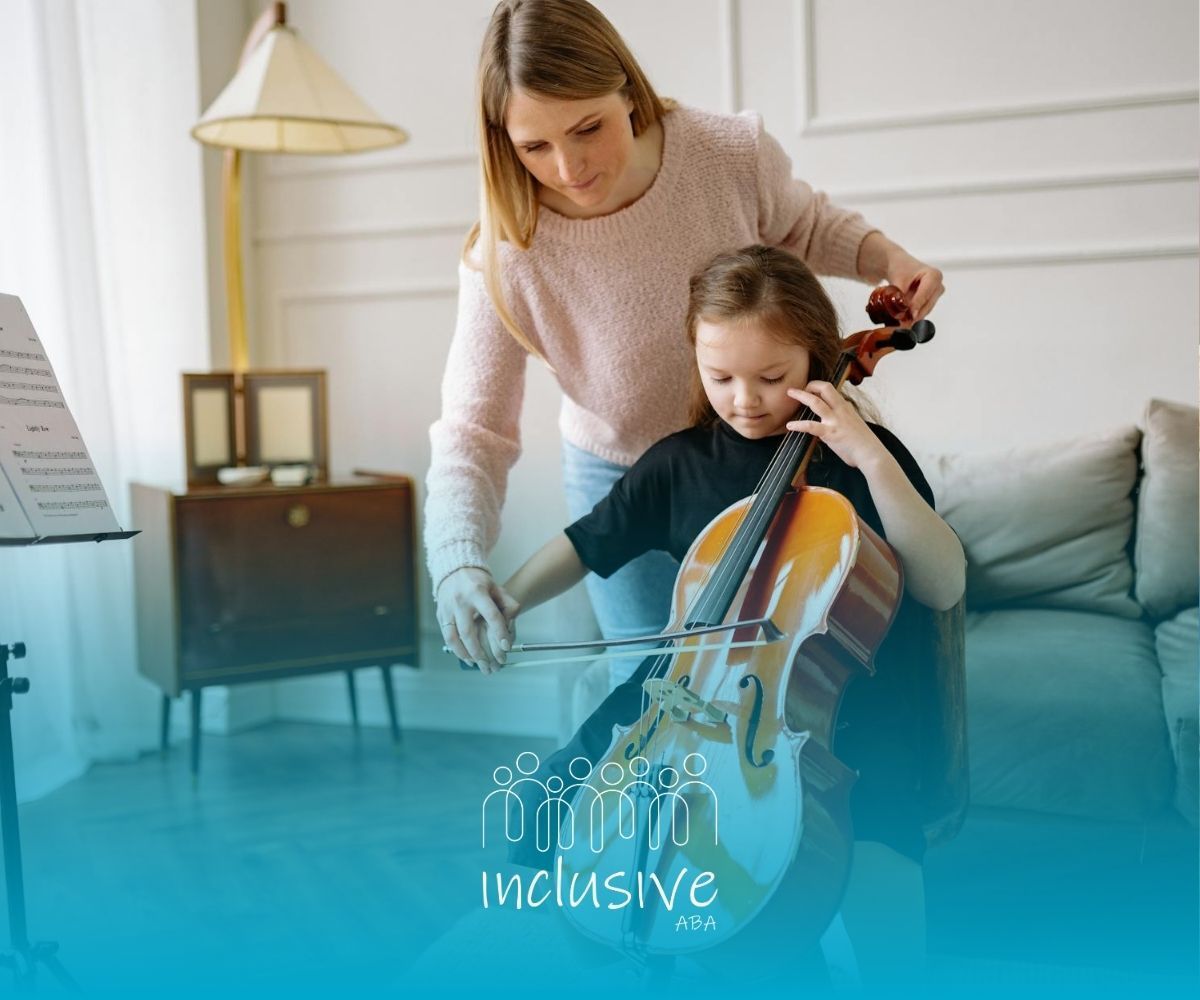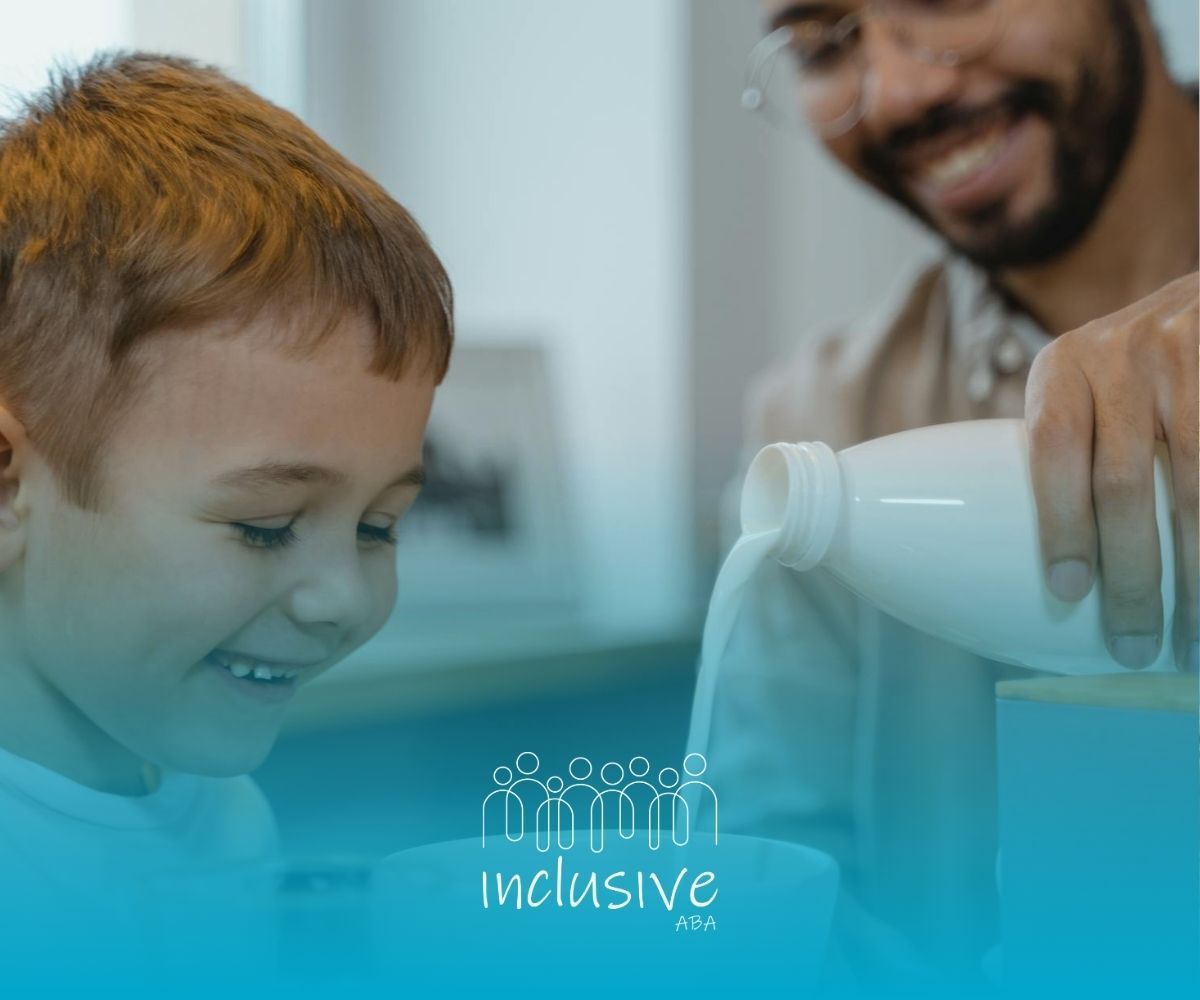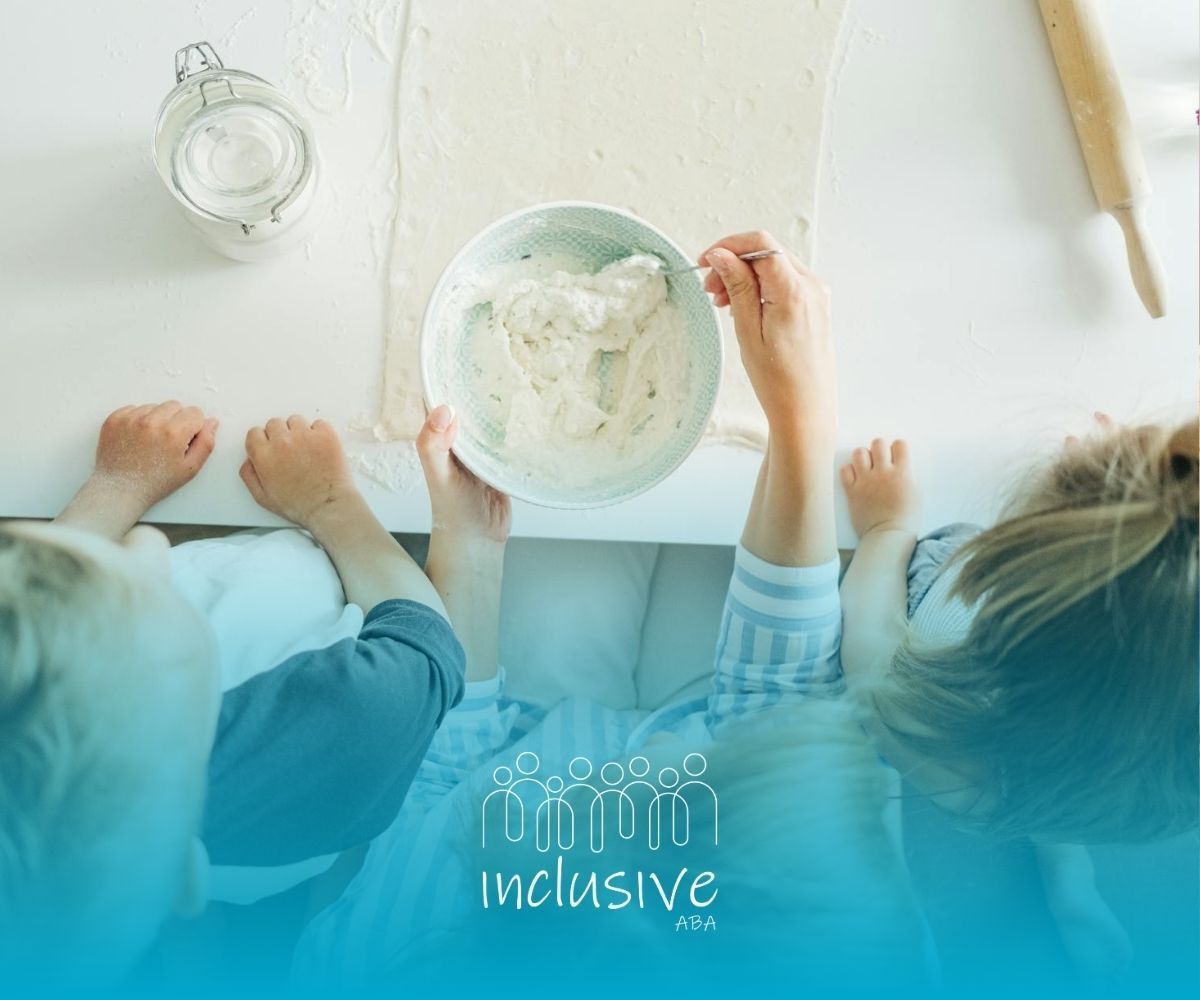
Understanding Auditory Learning in Autism
Have you ever noticed your child repeating phrases from their favorite TV show or remembering things better when they hear them rather than see them? If so, they might be an auditory learner. Auditory learning in autism is an essential yet often overlooked learning style that helps children process information through sound.
In this article, we’ll discuss how to recognize auditory learning in your child and provide actionable strategies to support their growth.
Understanding Autism Learning Styles
Overview of Autism Learning Styles
Every child on the autism spectrum has their own way of learning, processing, and understanding the world around them. As an ABA professional, I’ve seen firsthand how recognizing and adapting to different learning styles can make a world of difference.
Autistic individuals often learn best through one or a combination of the following styles:
- Visual Learning – Relying on images, diagrams, or written instructions.
- Auditory Learning – Absorbing information best through listening.
- Kinesthetic Learning – Engaging in hands-on experiences and movement.
- Tactile Learning – Learning through touch and physical interaction with objects.
Understanding which style works best for a child can significantly improve how they engage with learning and social interactions.
Why Recognizing Learning Styles is Important
Identifying a child’s preferred learning style isn’t just about improving academic performance—it’s about setting them up for success in everyday life. When we tailor teaching methods to fit a child’s strengths, we:
- Make learning
more enjoyable and less stressful.
- Help them
retain and understand new information more effectively.
- Boost their
confidence and self-esteem.
- Improve their
communication and
social skills.
By embracing and adapting to different learning styles, we create a world where autistic children can truly thrive.
Auditory Learning in Autism
What is Auditory Learning?
Auditory learning is all about absorbing information through listening. Some children naturally prefer verbal explanations over written text or visual cues. They may remember details from conversations, enjoy storytelling, or respond well to verbal praise and instructions.
For autistic children, auditory learning can be a major strength—or a challenge, depending on their sensory sensitivities. Some may be highly responsive to verbal instructions, while others may struggle with processing spoken language in noisy environments.
How Auditory Learning Manifests in Autism
Autistic children who are strong auditory learners may show some of the following traits:
- Preferring Verbal Instructions – They respond better when directions are spoken rather than written.
- Echolalia – Repeating words or phrases they’ve heard, which can be a way of processing language.
- Love for Music and Rhythms – Many auditory learners find music soothing and may use songs or melodies to reinforce learning.
- Engagement with Storytelling – They enjoy listening to stories, audiobooks, or narrated lessons.
Recognizing these behaviors allows us to create supportive learning environments that play to their strengths.
Benefits of Auditory Learning for Autistic Individuals
Enhancing Communication Skills
When we focus on auditory learning, we can help autistic children strengthen their communication abilities. Listening to stories, songs, and verbal instructions can:
- Improve
language comprehension.
- Enhance
understanding of tone, pitch, and rhythm in speech.
- Encourage
better verbal expression.
Supporting Social Development
Socializing can be challenging for autistic children, but auditory learning can play a big role in improving interactions. By strengthening listening skills, children can:
- Pick up on social cues more effectively.
- Engage in
conversations with peers and adults.
- Participate in
group discussions and activities with more confidence.
Boosting Learning and Retention
Auditory learning can also enhance overall academic and personal development. Many children benefit from hearing information in different formats, such as:
- Listening to lectures or audiobooks to absorb new concepts.
- Repeating phrases or key points aloud to reinforce memory.
- Using music or rhymes as a tool for learning.
By leveraging these strategies, we can create a learning experience that truly supports an auditory learner’s strengths.
At Inclusive ABA, we believe in creating customized learning plans that celebrate each child’s strengths. If you’d like to learn more about how ABA therapy can support your child’s learning journey, reach out to us at 888-912-7893 or email info@inclusiveaba.com.
Let’s work together to help your child unlock their full potential!
FAQs
How do I know if my child is an auditory learner?
Many autistic children who are auditory learners prefer verbal instructions, enjoy music, and remember spoken words more easily than written ones. Observing how your child responds to different teaching methods can help determine their learning style.
What strategies can support auditory learners with autism?
Strategies such as using audiobooks, engaging in storytelling, incorporating music and rhythms, and providing clear, repetitive verbal instructions can help support auditory learners.
Can auditory learning techniques be used with other learning styles?
Absolutely! Many autistic children benefit from a combination of auditory, visual, and kinesthetic learning techniques. A personalized approach that integrates multiple learning styles can be highly effective.
Sources:
- https://bau.edu/blog/auditory-learner/
- https://www.phoenix.edu/blog/what-is-auditory-learner.html
- https://autism.org/learning-styles-autism/
- https://saera.eu/en/2023/10/23/auditory-learning-comparison-between-children-with-asd-and-adhd/
- https://abilitypath.org/ap-resources/childrens-learning-styles/
Looking for Expert Help? We're Here for You!
Our compassionate and skilled team is devoted to enhancing your child's development through customized ABA therapy. Let us partner with you to create a supportive environment for your child's success.
Discover how we can help your family thrive with expert ABA therapy.
Send a Fax
303-616-1189
Mon-Fri: 9Am to 5.30 Pm
Sat- Sun: Closed




